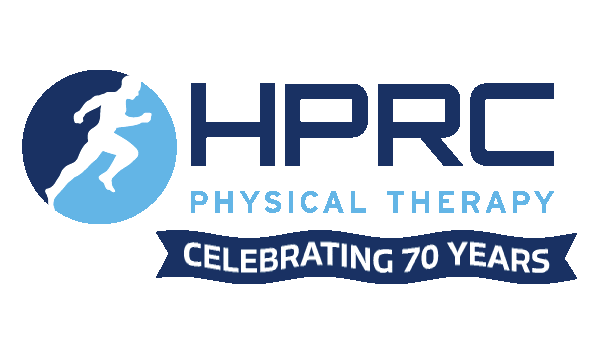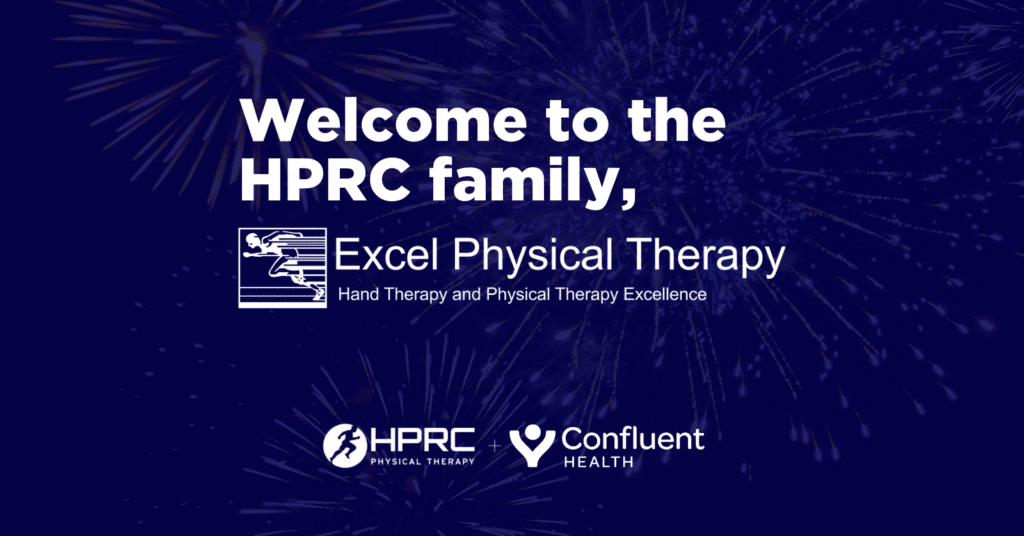We’ve all felt them — those tight spots in the neck, shoulders and back that make you feel sore and stiff. You might call them knots, but they’re referred to as myofascial trigger points, and they require a specific type of physical therapy. Performed correctly, myofascial trigger point therapy can help inactivate the trigger point, relax the hardened bands of muscle tissue, and restore strength and flexibility.
Normal muscle contractions operate through a series of events involving nerve conduction and the sliding of protein filaments (myosin and actin) that contract the muscle cells and change the length and shape of the muscle cells. The message to contract a muscle is relayed from the brain to the spinal cord and then out into the muscle cells. The muscle cell is composed of many fibers, fibrils and filaments. Trigger points form when the protein filaments are unable to slide past each other and allow the muscle to return to its normal resting length. These hardened bands can compress the underlying tissue, blood vessels and nerves, leading to pain, weakness, and stiffness
The weakness results because the muscle fibers are already too busy being knotted up they cannot overlap any further to generate more power. A therapist with good palpation skills will palpate the body in search of the trigger point, based on the client’s complaints of pain reported in the initial exam. The tissue will feel like a hardened knot (rock) or taut band(rope). The spot will be painful on compression and can cause referred pain, or pain that shows up in the body in a distant location.
Trigger points are brought on by a number of factors. While they can be caused by injury or trauma, most often, they build gradually over time.
Culprits include:
- Static postures, such as sitting behind a desk all day
- Repetitive motion, including working behind a computer or on an assembly line
- High velocity movements associated with sports like swimming, golf, tennis or baseball
- Muscle overload or strain resulting from lifting something too heavy or an abrupt increase in exercise
- “Weekend Warrior” activities or extreme exercise on weekends
- Past sports injuries
A physical therapist trained in myofascial trigger point therapy will palpate the muscle until he or she locates the tight muscular band. The therapist should also use the location of the referred pain to help trace the origin, since the body contains a network of established referred pain patterns. Then, using a variety of manual therapy techniques, the therapist will help each trigger point release its contracted state. Dry needling (link to HPRC blog) may also be used to release the taut bands.
The length of time it takes to ease a trigger point depends on a number of factors. The therapist will address any factors (mechanical, medical, psychological) that led to the pain initially or are continuing to make the trigger points worse during the course of rehabilitation. Patients can continue the work we accomplish in therapy sessions through at home exercises, including applying pressure with tennis or racquet balls or Foam Rollers, and frequent stretching of the affected muscles following pressure release work. Trigger points can be successfully resolved with adequate Myofascial release, proper stretching, muscular retraining and activity modification. It is wise to seek out a physical therapist who specializes in manual therapy, specifically Myofascial Release and/or dry needling techniques to help untie those knots.



